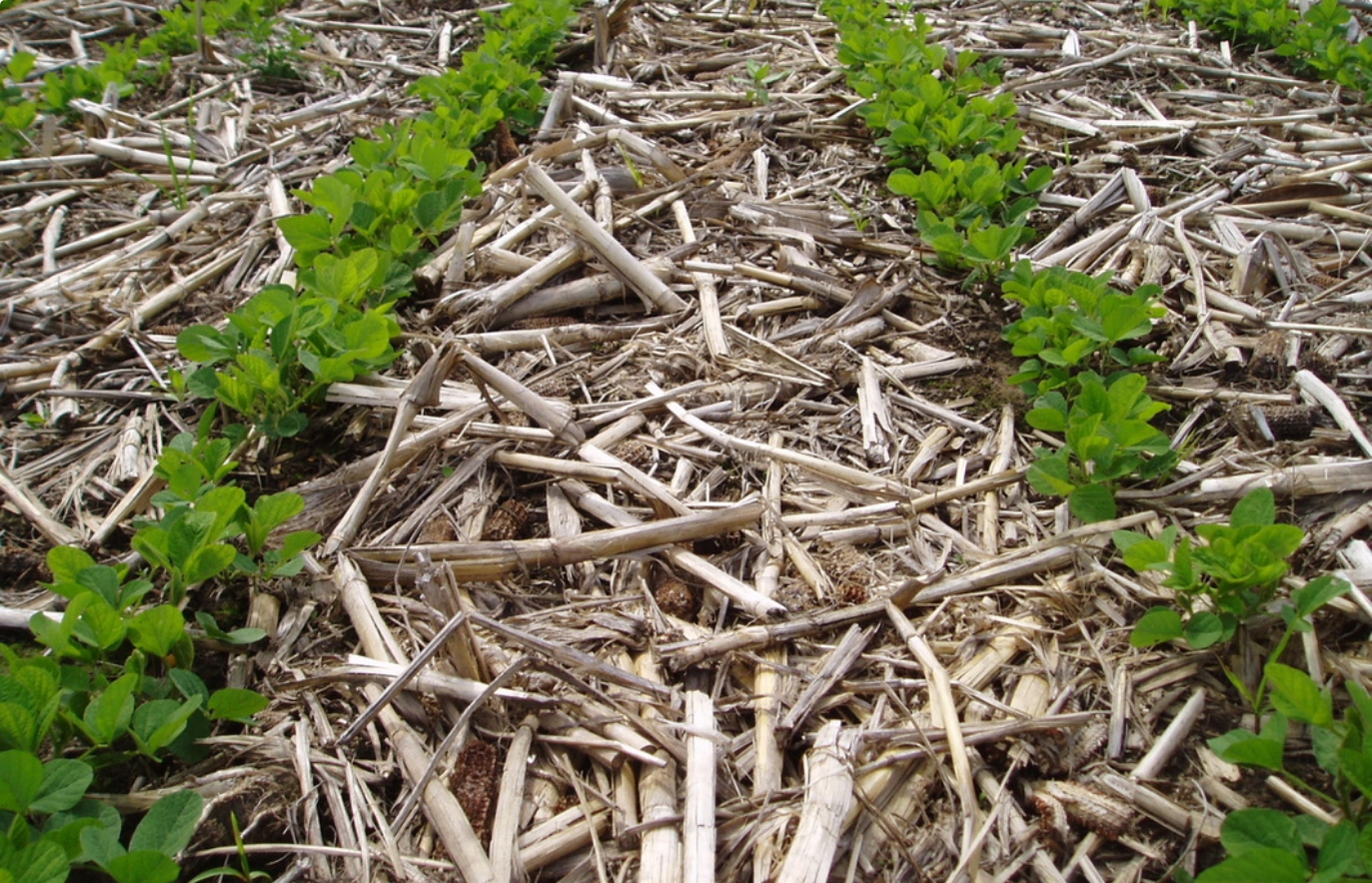In the world of sustainable agriculture, no-till farming has emerged as a key player in improving soil health. This method, which forgoes the traditional practice of turning the soil before planting, offers a wide range of benefits for the soil ecosystem. At The Farm, we have adopted no-till farming practices, witnessing first hand their positive impact on soil structure and fertility.
Preserving Soil Structure
One of the most significant benefits of no-till farming is the preservation of soil structure. Traditional tilling methods can disrupt the natural composition of the soil, breaking apart the aggregates that help maintain porosity and water infiltration. No-till farming allows these aggregates to remain intact, leading to improved soil structure.
Enhanced Water Retention
Intact soil structure significantly enhances the soil’s ability to retain water. This is very beneficial during dry spells, as the soil can hold onto more moisture, providing a more consistent water supply to plants.
Reduced Erosion
With its structure intact, no-till soil is less susceptible to erosion. This is huge. The top layer of soil, which is rich in organic matter and nutrients, is not lost to wind or water runoff, as it often is in tilled fields. Erosion leads to other ecosystem issues such as nutrient overload in streams and rivers from field runoff.
Building Soil Fertility
No-till farming contributes to the buildup of soil organic matter, which is crucial for fertility. As plant residues decompose on the soil surface, they add organic matter back into the soil, enriching it with nutrients.
Increased Microbial Activity
Organic matter serves as food for a plethora of soil microbes. These microbes play a vital role in nutrient cycling, breaking down organic matter and making nutrients available to plants. No-till fields typically have a higher microbial activity than tilled fields.
Enhanced Root Systems
The undisturbed soil allows for the development of more extensive root systems. These robust root systems contribute to the overall health of the plants and further enhance soil structure through their networks.
Reducing Carbon Footprint
No-till farming has a positive impact on the farm’s carbon footprint. By not tilling the soil, carbon stored in the soil is not released into the atmosphere. This practice helps in carbon sequestration, playing a small but important role in mitigating climate change.
Lower Energy Use
No-till farming reduces the need for heavy machinery, which not only cuts down on fuel consumption but also minimizes the compaction of the soil.
The Long-Term Impact
Adopting no-till farming is a commitment to long-term soil health. While the benefits may not be immediately visible, over time, no-till fields can show significant improvements in soil quality, crop yield, and overall ecosystem health.
Our experience with no-till farming has been overwhelmingly positive. We have seen our soils become more resilient and productive, supporting a diverse range of crops. By embracing no-till methods, we’re cultivating a healthier, more sustainable future for our land and the community.

